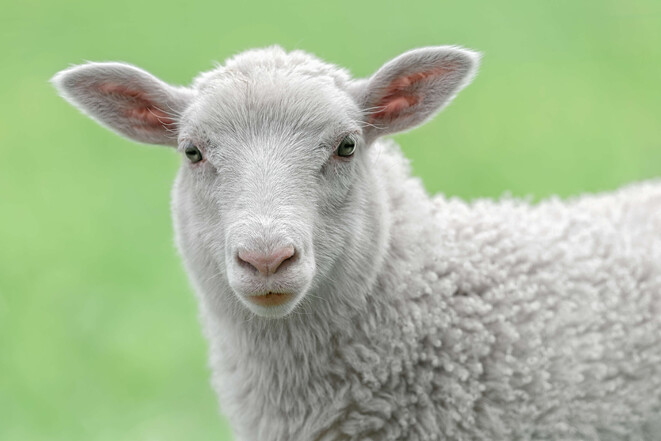The potential of hogget mating was realized as early as 1959. About one-third of the ewe hoggets are bred each year across New Zealand. Along with a number of benefits there are equal costs associated with hogget mating, for example, you get the benefit of more lambs on the ground, however, you need to have plenty feed available to feed the extra lambs. Therefore, it may not suit every farm. The following targets can serve as a guideline to help you decide whether or not hogget mating should be carried out.
- Choose your heaviest hoggets for mating (weaned at 28-30 kg) – puberty is attained at 7-9 months, however liveweight has a bigger effect.
- Aim to get them up to 40kg+ for mating.
- Choose your early born lambs as replacements – this allows them more time to reach puberty as late born lambs won’t cycle after the shortest day.
- Mate them separate to the older ewes to reduce competition.
- Mate them later than the rest of the ewes and in smaller paddocks – this allows more time for them to gain weight and cycle and lambs will be born during the spring flush.
- Teaser effect – join with the hoggets 17 days before mating at a ratio of 1:100 (less if hilly paddock) -> gets them cycling + synchronises them = more early pregnant hoggets.
- Mate for a shorter time to prevent late lambers.
- Rams: use older rams as hoggets will be shy (82% pregnant if using mixed age rams vs 77% 2-tooth rams vs 66% hogget rams), and at lower ratio not more than 1:100
Vaccinations:
- Toxo (4-6 weeks prior to joining with teasers if possible)
- Campy (2 doses 4-6 weeks apart prior to joining with ram)
- +/- Salvexin+B (June and July), o 5 in 1 (2 shots 8 weeks and 4 weeks pre-lambing if not done as ewe lambs at weaning otherwise 1 shot 4 weeks pre-lambing)
- Wean lambs born to hoggets earlier at 50-70 days to ensure hoggets reach appropriate mating weights as 2Ts (55kg minimum)
- Briar Cooper

